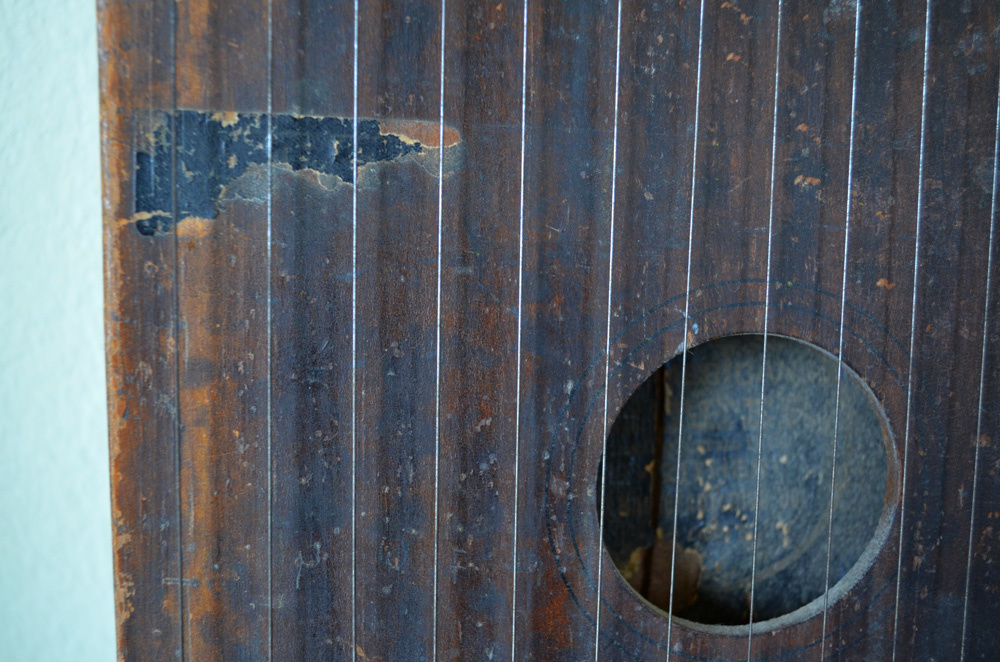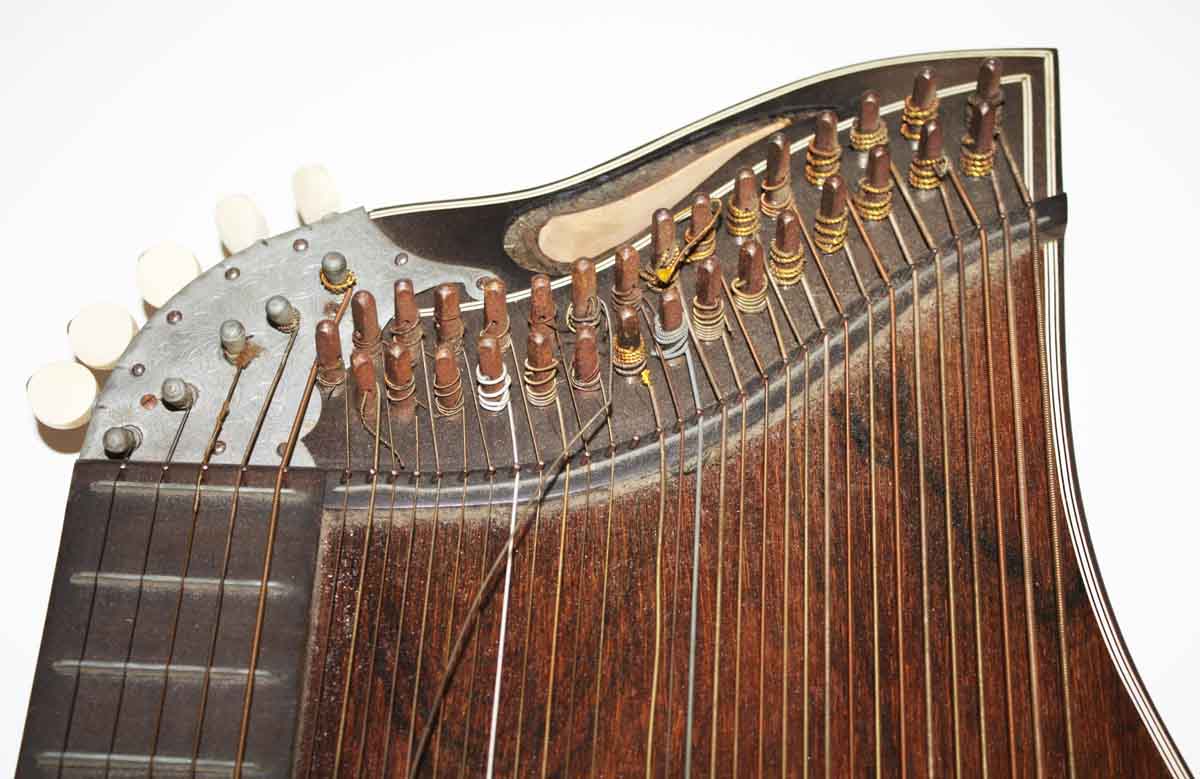
It is believed that German descendants were the ones to ignite a passion for the zither in the States. The Zither has had a very interesting story in the United States. The Guitar Zither in our collection can be seen on the right and is one of Menzenhauer’s. According to the patent the guitar zither got its name for having some of the advantages of the guitar placed on the zither. and the next year Menzenhauer also started High Plains Museum | In 1897 he and Oscar Schmidt founded the U.S. Invented by Friederich Menzenhauer of the United States, he was granted his patent on May 29, 1894. The Pianoette we have in our collection was purchased around 1910 for $45.00, and can be seen on the left. The second was that it took its name from Marx Pianolin, who produced zithers. One is that some of these instruments had piano keys painted onto the wood. How the Pianoette Zither got its name has two possibilities. The hammers were arranged in such a way that the hammer would only strike those strings needed to make a particular chord. The Pianoette Zither had 12 brass strings with four hammers lifted by the thumb and forefingers. Zither Musik describes playing the zither: “The fingers of the left hand play the melody on the five fret board strings while the pick on the thumb of the right hand plucks the melody strings, the index and middle finger play the accompaniment strings and the ring and little finger play the bass strings to form the harmony and rhythm.” There are several types of zithers, but the two we will focus on are the Pianoette Zither and the Guitar Zither, both of which we have in our collection here at the High Plains Museum.

Zithers were played on a table top or the players lap and can have up to 40 strings. Merriam-Webster defines a zither as “a musical instrument that has strings stretched across a shallow wooden box and that is played with your finger or a pick”. The zither made its debut in Salzburg Austria, but over time has had a great impact all over the world, including the United States. Not only have we assembled all the individual nki files into one big instrument, but we also recorded a new "finger" articulation, added more features and gave everything a new design.When you hear the word zither, what comes to mind? Would a stringed instrument from Austria leap to yours?
ZITHERS UPDATE
With update 2.0, we now have a completely new instrument. The Concert Zither is a perfect supplement to all the other Cinematique Strings instruments: rare and unique. Here you find a great assortment of rare and exceptional FX string sounds.įinally, we included an arpeggiator and a step sequencer to add even more possibilities to this instrument. Besides the principal complex patches, we provide another 4 useful FX patches: glissando (controlled by the mod-wheel), rotary, drive and an octaver. To shape the sound, we added a complex script to achieve many variations of the Concert Zither. These notes were recorded with two different microphones: a large-diaphragm condenser pair and a classic dynamic microphone. In detail, you get five articulations: Finger, Plec, Muted, Reverse, and Bow. We additionally recorded the 31 accompaniment strings in a muted variation. Firstly there are two main patches with all 36 strings recorded in 4 round robin variations and several (up to four) dynamic layers.

Finally, we assembled 5 different patches. We handled the Concert Zither harshly: We plucked, stroked and strummed all the strings to get every possible sound, noise and articulation the Zither can produce. The concert Zither has a rough and dirty sound often described as "mellow". The strings are arranged as follows: 5 fretted melody strings, placed above a guitar-like fretboard, then 14 unfretted "accompaniment" strings followed by 11 unfretted "bass" strings and finally 6 "contrabass" strings. The Zither instrument we are presenting is a Concert Zither. The instrument became famous due to the charismatic central theme composed by Anton Karas for the 1949 film noir called "The Third Man". The Zither is commonly found in Slovenia, Austria, Hungary, northwestern Croatia, and Germany's southern regions. It is played by strumming or plucking the strings with fingers or a plec. The Zither is a stringed instrument, having many strings stretched across a thin, wooden soundbox.


 0 kommentar(er)
0 kommentar(er)
